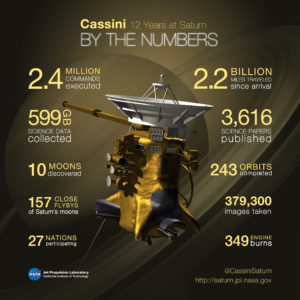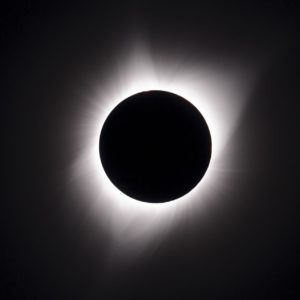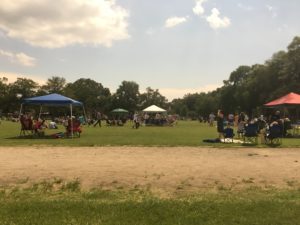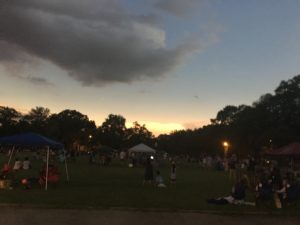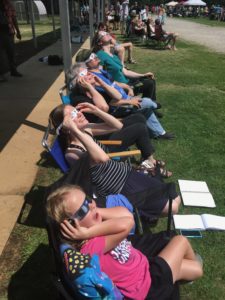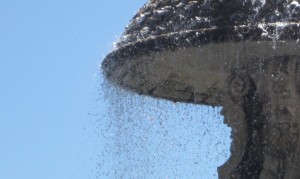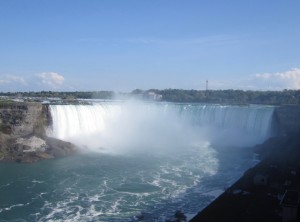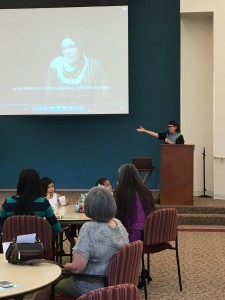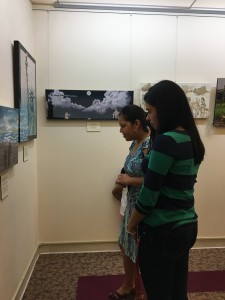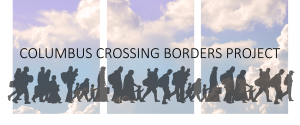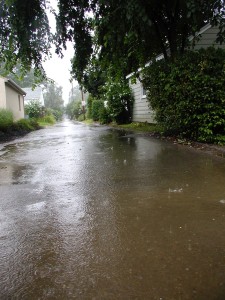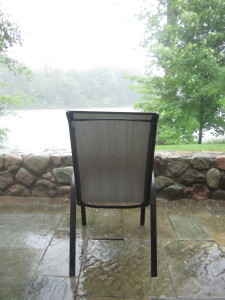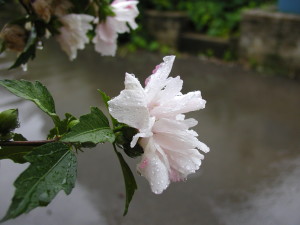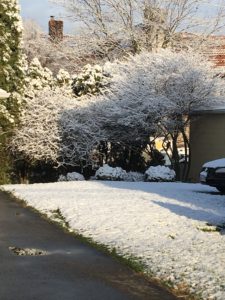 Yes, as the rain and the snow come down from the heavens and do not return without watering the earth,
Yes, as the rain and the snow come down from the heavens and do not return without watering the earth, 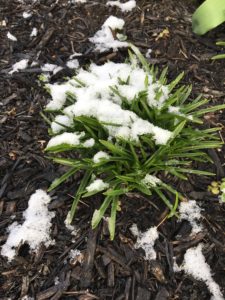
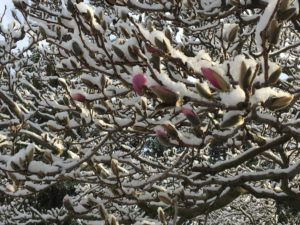 making it yield and giving growth to provide seed for the sower and bread for the eating,
making it yield and giving growth to provide seed for the sower and bread for the eating,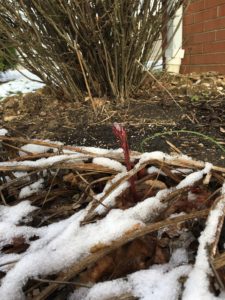
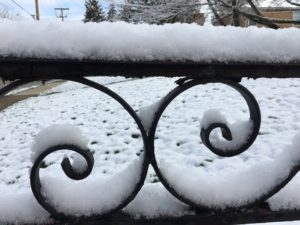

 without carrying out my will and succeeding in what it was sent to do. Isaiah 55, 10-11
without carrying out my will and succeeding in what it was sent to do. Isaiah 55, 10-11


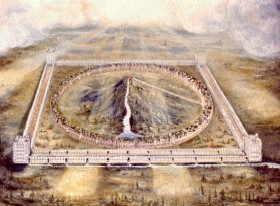


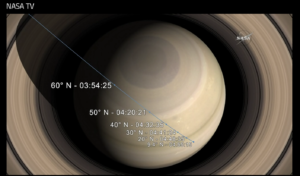

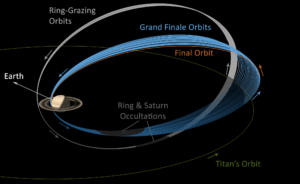
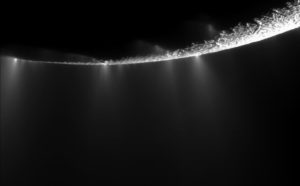
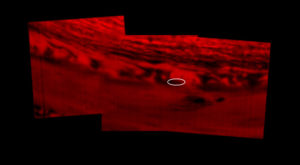
 My response is gratitude for those who have worked so long and hard to provide it. And to bend my knee before the One who creates it. I join with the ancient psalmist in prayer: The heavens proclaim the glory of God/and the firmament shows forth the work of his hands./Day unto day takes up the story/and night unto night makes know the message./ No speech, no word, no voice is heard/yet their span goes forth through all the earth,/their words to the utmost bounds of the world.
My response is gratitude for those who have worked so long and hard to provide it. And to bend my knee before the One who creates it. I join with the ancient psalmist in prayer: The heavens proclaim the glory of God/and the firmament shows forth the work of his hands./Day unto day takes up the story/and night unto night makes know the message./ No speech, no word, no voice is heard/yet their span goes forth through all the earth,/their words to the utmost bounds of the world. 